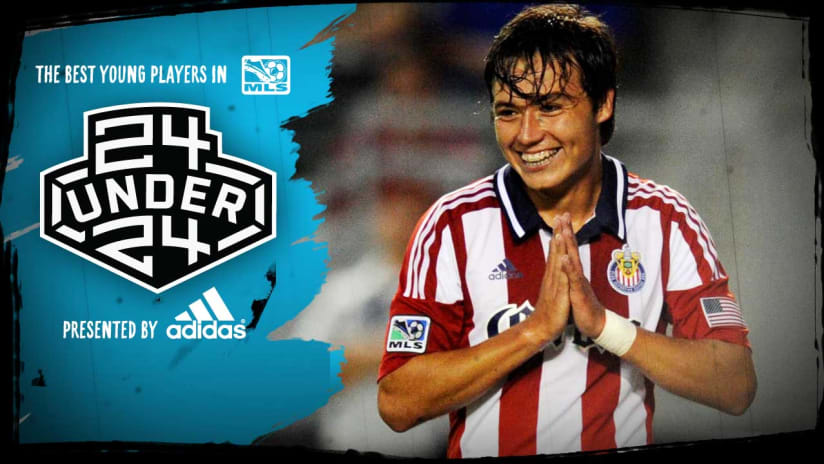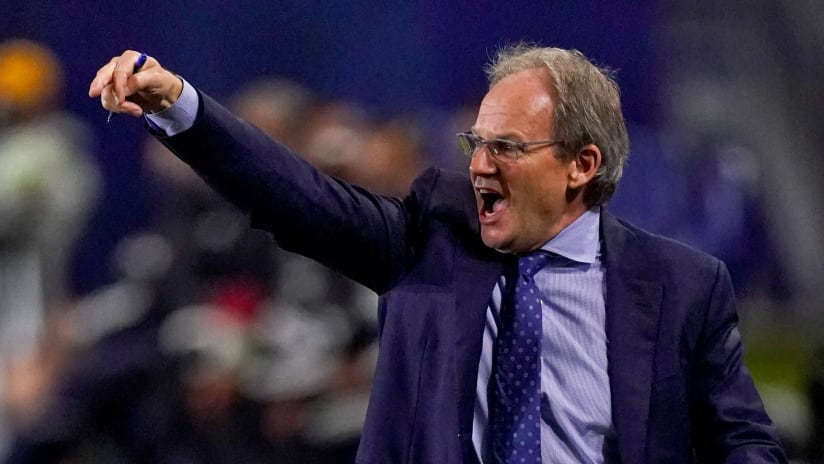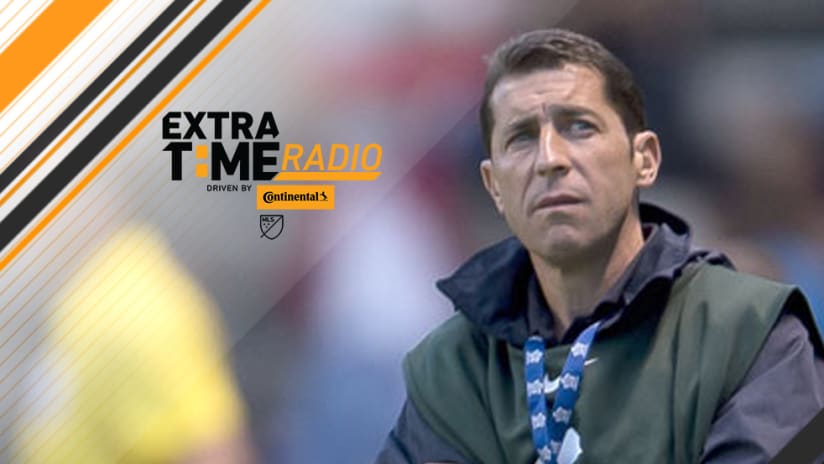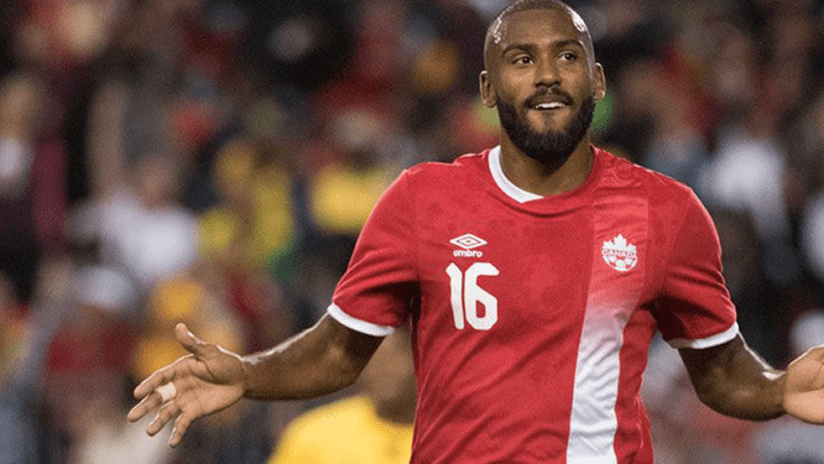The Young Designated Player Rule in Major League Soccer hasn’t even been in place for two full seasons, yet it has become one of the league’s hot-button topics. And perhaps one of the most misunderstood.
Why? Perhaps because the term “Designated Player” was first brought to the league and applied to players such as David Beckham and Thierry Henry. When fans heard Designated Player or DP in reference to a new signing, they immediately thought about the league’s next marquee superstar.
So when players – boys, really – with names they didn’t recognize at first glance showed up to play for their teams, some were perplexed, disenchanted and sometimes even angry. But what most observers have come to realize over time is that the Young Designated Player is something altogether different.
It’s more like a bet on the future.
“When we started the DP initiative, it was to try and get some of the world’s top stars here to MLS,” says Lino DiCuollo, MLS director of player personnel. “The only way that could be done was the original Designated Player rule. But after that was in place for a few years, when we continued to examine rosters, we said, ‘We’ve got youth academies and Homegrown player slots, we’ve got our regular American players, but the one category where we’re lacking is in 18-23 year old players not from the US.’
“So we asked, ‘Why?’ and the reason was not that the salaries were prohibitive, it was the acquisition fee needed to get talented, young players. Teams didn’t want to spend that kind of money on players who might need a year or two to come along. So, we tried to create an incentive for teams.”
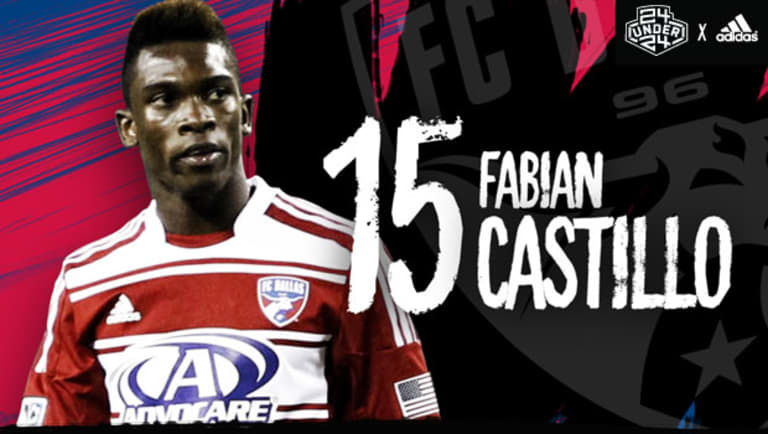
At present, there are five Young DPs on MLS rosters – Erick Torres (CHV), Mauro Díaz and Fabián Castillo (DAL), Alex López (HOU) and Matías Laba (TOR). That’s not including Portland striker José “Trencito” Valencia, who was originally signed under the initiative, or Brazilian forward Rafael, who was signed by D.C. ahead of the 2013 season but didn’t last through June.
The results have been a bit of a mixed bag. But when you sit back and examine the whole concept, that’s exactly what you’d expect. You can’t roll the dice and expect a consistent outcome.
“If we want MLS to be a league of choice for young players, especially in CONCACAF,” says DiCuollo, “we have to be a destination. We feel it’s important. It’s another one of our pillars. We have to keep our top young players here. We have to produce Homegrown players. We have to continue to attract major DPs. And we won’t make progress to our goal if the top Honduran, Costa Rican players don’t see MLS as a good place to launch careers.”
And when you take into account how the league has set up the mechanism – teams can acquire Young Designated Players based overseas who are 20 years of age or younger for a budget charge of only $150,000, while Designated Players between the ages of 21 and 23 will count just $200,000 against a team’s salary budget – it’s about trying to find unpolished gems without busting the bottom line.
“The state of the league has helped us. The ownership has found a way for us to bring in young players we hope will be the stars of tomorrow,” says FC Dallas sporting director and former MLS head coach Fernando Clavijo. “Part of it is this can be an investment for the future. This is no longer a league where people are coming to retire. Young players are looking to MLS as a stepping stone to brighter and better things.”
Clavijo and FC Dallas have gotten a nice return so far on Castillo, a Colombian attacker they signed at 18, and have high hopes for Argentinean midfielder Díaz.
“We’ve been able to sell the package of MLS to young players,” he says. “We may not be able to compete in terms of money with a lot of leagues. But the things I use to our favor are things like, our players get paid on time, they are safe. Those issues have given us a fighting chance to sign some good young players.
“Our clubs have first-class facilities. We can offer a safe environment for their families. It becomes a good package. A kid like Mauro, he had offers from Russia, Spain, but he was told Dallas and MLS was a great opportunity.”
Like Dallas has already done, the league clearly hopes its teams take advantage of the mechanism.
“The Young DPs come in at a price where there’s not a high budget charge to try and develop a very young, talented player,” says DiCuollo. “We want there to be incentive to discover young talent. That’s how it evolved. We wanted to see more participation in this space.”

